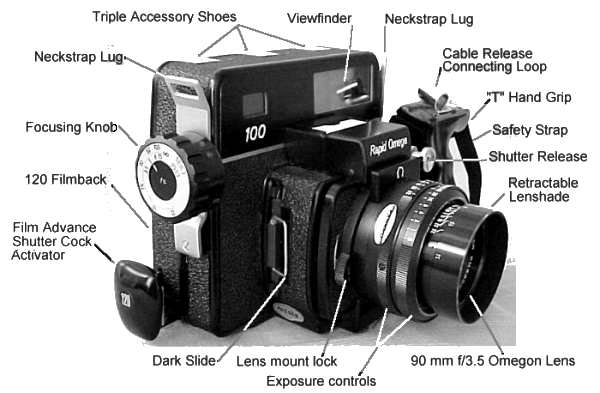Nice pictures on your website, Marco - are you all digital?
I also see in the market that there is a pick-up of activity around printing. People are learning how to process RA-4 at home even and there's people re-building darkrooms and there's videos on youtube instructing you on how to do it.
I think it has to be seen as a hobby - people just like to "create" in their free time even if it is not as efficient as new methods.
If you take an Alpa Pano and an 138 HR and do a hex stitch you blow away even 11x14 and with enough knowhow in postproduction you can add grain and the tonality of Tri-X to a scene - but it is not about this; it is a bout the fact that you don't know how it will come out and the manual process of doing it and the satisfaction.
If you so will, it is also a generational thing to spend more time doing things which are fun than to work in an office ... also look at modular synthesis - it takes endless amounts of time to produce anything with it and it is extremely expensive; this said, it is all the rage and people just enjoy sitting around and dabbling with cables although in 99% of the cases there never will be a release ...
In a way it is post post-modernism - everyone can and should do what they like with the methods they like.
Look also at this site:
https://www.thisisartify.com/ - I almost want to enroll and release my inner painter! It is fun and time better spent than to worry about the pandemic ...
Also traditional art markets are being upended by new business models characterized by decentralization; NFTs, crypto based exchanges, etc. are set to disentangle over the next decade the traditional gallery system ... and this means you can shoot a portrait of a girl with your Mamiya RZ, process it at home, scan it, publish it on Squarespace, create an NFT out of it and then grow your following on Instagram. Prints are sold directly without your intervention via your channels. While you sleep people globally buy the print of this girl and your Paypal account grows over night. Maybe 200 bucks a week, but then multiply this with many images and a remote job and you have the perfect example of a Gen Z person not wanting to apply to a Fortune 500 to sit in an office to be able to afford a mortgage one day ... in a world were asset prices have been inflated in recent years due to lax central bank policies benefitting the older generations which started to accumulate capital 20 years earlier - it is a level of asset price inflation difficult to catch up to if you are 25 ... so you might as well stay completely remote, work on your own startup and self-express in the meantime.
Funny thing is - since the birth rate in the West has been unsustainable for the last 20 years it might very well be that despite this behaviour the job market will still integrate all these rebels later on for a good salary!



